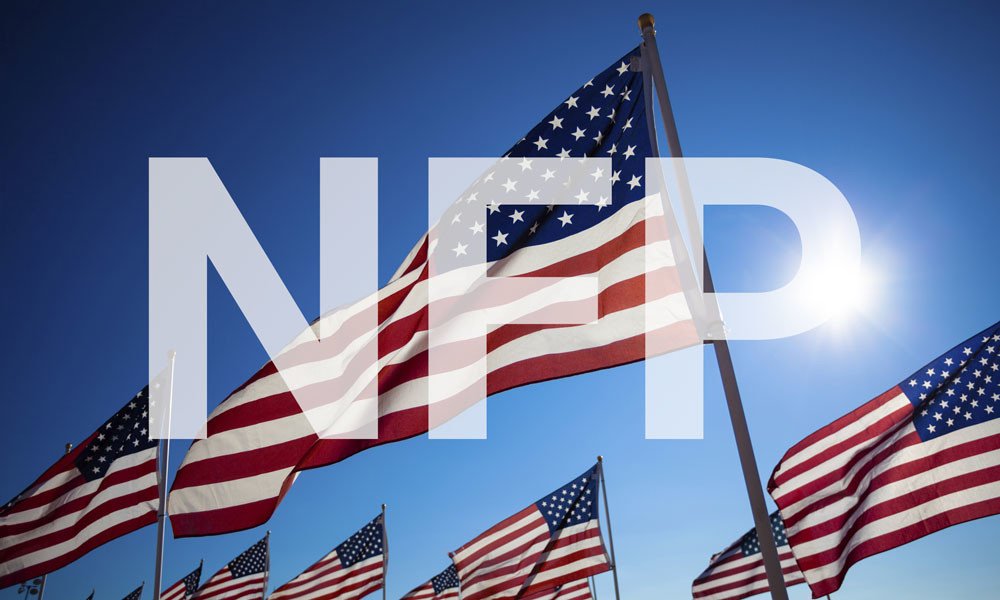 On Wednesday, the greenback reached a two-month peak, having its biggest monthly rise since late 2016, gaining 0.14 percent and closing the session at the 92.57 level.
On Wednesday, the greenback reached a two-month peak, having its biggest monthly rise since late 2016, gaining 0.14 percent and closing the session at the 92.57 level.
The dollar had been gaining territory mainly because the ADP reported that private payrolls grew at a faster rate than expected in June. Private payrolls increased by 692,000, more than what the analysts expected as they foresaw it to rise by 550,000 though below the previous month's 886,000 gains.
Apparently, most of the gains come from the services sector, particularly from the leisure and hospitality sectors.
“Service providers, the hardest hit sector, continue to do the heavy lifting, with leisure and hospitality posting the strongest gain as businesses begin to reopen to full capacity across the country,” commented ADP’s chief economist Nela Richardson.
The US Labor Department is set to release the nonfarm payrolls report later today. Economists are optimistic in this regard, as they expect the government to report a job gain of 700,000 in June, which is higher than May's 559,000. The unemployment rate is expected to stand at 5.7 percent, after being at 5.8 percent in the previous month.
If economists are right this implies that the Federal Reserve could get rid of its ultra-loose monetary policy stance faster than previously expected.
Another reason why the dollar has been gaining ground is the fact that the delta variant is spreading in other countries, which has made other currencies tumble. In the United States, the number of cases has been falling, mainly due to the advance of the vaccination campaign.
So far 327 million coronavirus vaccine doses have been distributed among the US population. 155 million of them are now fully vaccinated, which accounts for about 47.2 percent of the total population. Since the beginning of the pandemic 34,561,403 cases have been reported in the United States, as well as 620,645 deaths, making it the most affected country in the world.
In order to counter the effects of the spread of the virus in the economy, the Federal Reserve has been pushing for an ultra-loose monetary policy stance, which includes keeping the interest rates at a historical minimum as well as ramping up the bank's asset purchasing program. The US government has also implemented one of the most ambitious fiscal stimulus plans in the history of the country, a move that has been heavily criticized as it is believed to be linked with the current inflationary pressure.

